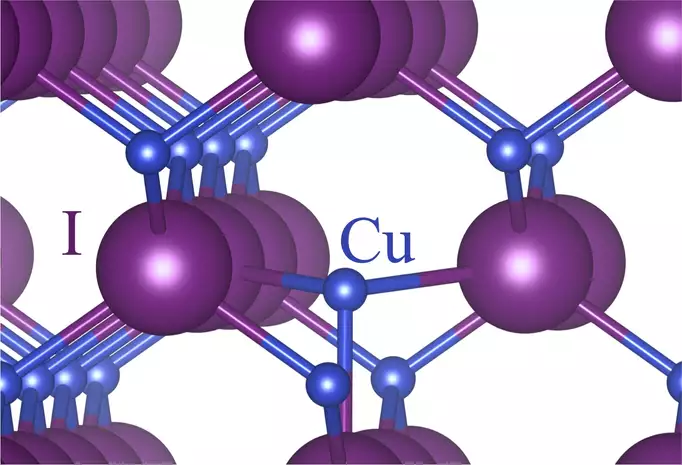Traditional understanding of heat transport, involving phonons, is not applicable to strong heat insulators
Researchers have made significant progress in understanding the fundamental microscopic mechanisms that can be used to customize materials for heat insulation. This breakthrough represents a significant step forward in the continuous endeavour to understand heat transport, improve energy efficiency and promote sustainability.
Heat transport plays a vital role in numerous scientific and industrial fields, including catalysis, turbine technologies, and thermoelectric heat converters that convert waste heat into electricity. In the pursuit of energy conservation and the advancement of sustainable technologies, the significance of materials with exceptional thermal insulation properties cannot be overstated. These materials enable the retention and efficient utilization of heat that would otherwise be lost. Consequently, enhancing the design of highly insulating materials stands as a critical research goal to facilitate more energy-efficient applications.
Nevertheless, the task of creating highly effective heat insulators is far from straightforward, even though the fundamental physical laws governing this phenomenon have been known for almost a century. On a microscopic scale, the mechanism of heat transport in semiconductors and insulators has been comprehended as the coordinated oscillation of atoms around their equilibrium positions within the crystal lattice. These oscillations, commonly referred to as phonons in the field, encompass an immense number of atoms within solid materials, spanning considerable length and time scales that approach the macroscopic level.

In a recent publication in Physical Review B 1 and Physical Review Letters 2, researchers communicate significant advancements in computational techniques for accurately calculating thermal conductivities without relying on experimental data. They discovered that the traditional understanding of heat transport, which involves the collective motion of atoms known as “phonons,” is not applicable to strong heat insulators.
By conducting extensive calculations on powerful supercomputers, they examined over 465 crystalline materials that had not been previously studied for thermal conductivity. Among their findings, they identified 28 materials with excellent heat insulation properties, including six materials with thermal conductivity levels comparable to wood. The study also revealed an overlooked mechanism that systematically lowers thermal conductivity, involving the temporary formation of defect structures that greatly affect atomic motion for very brief periods. These effects are typically ignored in thermal conductivity simulations due to their short-lived and localized nature compared to the overall heat transfer process. However, the researchers’ calculations demonstrated that these defects actually contribute to lower thermal conductivities.
These findings present exciting possibilities for precise tuning and development of nanoscale thermal insulators through defect engineering. This could potentially lead to advancements in energy-efficient technologies.
References
- Florian Knoop, Matthias Scheffler, and Christian Carbogno (2023) Ab initio Green-Kubo simulations of heat transport in solids: Method and implementation Phys. Rev. B doi: 10.1103/PhysRevB.107.224304 ↩
- Florian Knoop, Thomas A. R. Purcell, Matthias Scheffler, and Christian Carbogno (2023) Anharmonicity in Thermal Insulators: An Analysis from First Principles Phys. Rev. Lett. doi: 10.1103/PhysRevLett.130.236301 ↩